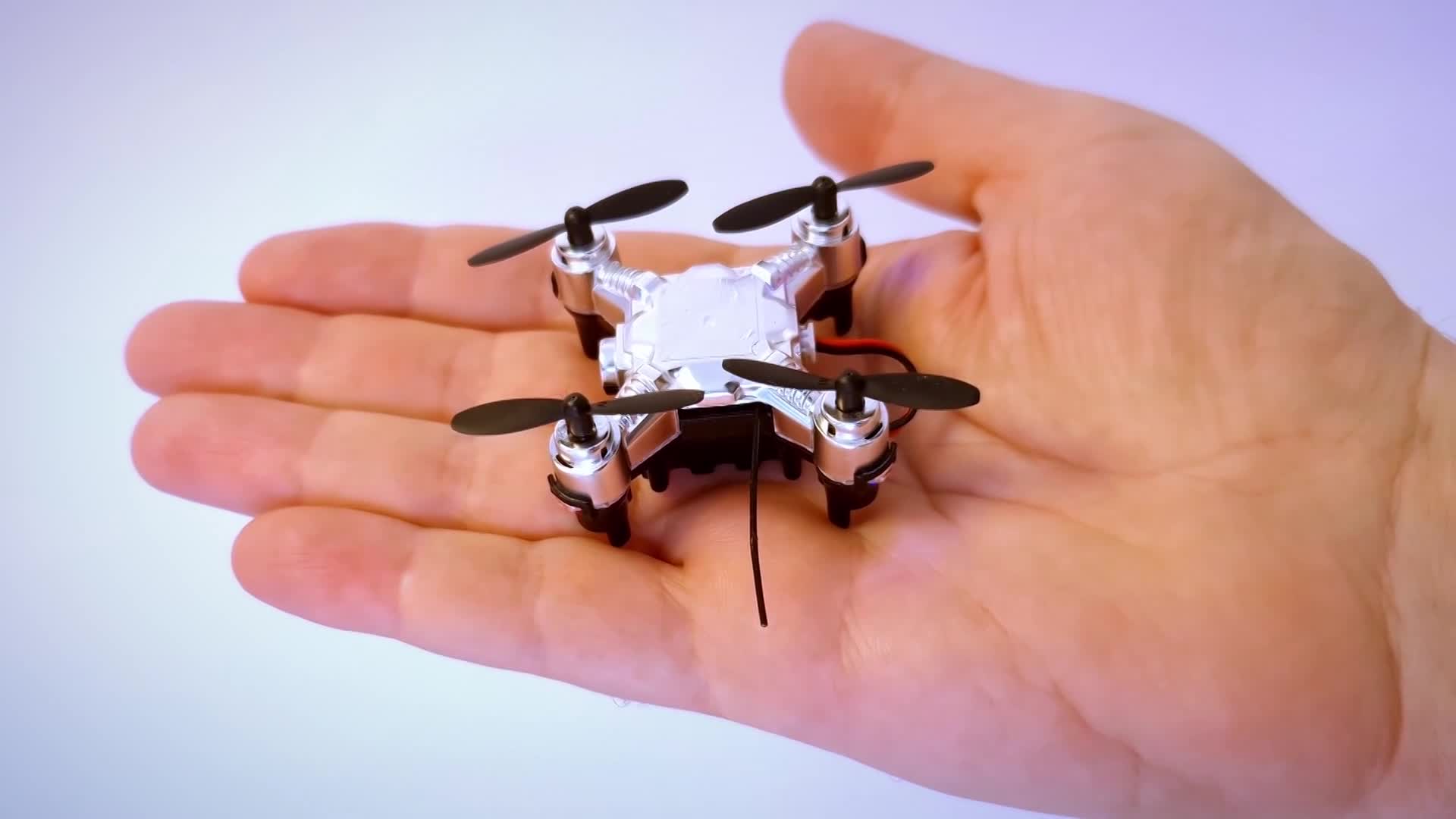The Benefits of Miniaturization and How It is Revolutionizing Technology
By Michael Jumba
What is Miniaturization and How Does it Work?
Miniaturization refers to the process of reducing the size of components, devices, or systems. The goal of miniaturization is to make technology more compact, portable, and efficient. The term is commonly used in the fields of electronics, computer hardware, and aerospace engineering, where advances in miniaturization have played a major role in the development of modern technology.
Miniaturized components are made using various techniques, including microfabrication and nanofabrication. These techniques involve the use of specialized tools and processes to create and assemble tiny components, such as microchips and transistors, on a micro or nanoscale level.
In electronics, miniaturization has allowed for the development of smaller and more powerful computer systems, smartphones, and other devices. The miniaturization of transistors, for example, has allowed for the creation of microprocessors with billions of transistors, enabling the processing of massive amounts of data in real-time.
In aerospace engineering, miniaturization has led to the development of lighter and more efficient components, such as micro-miniature sensors, accelerometers, and actuators. This has enabled the development of smaller and more maneuverable spacecraft, as well as the ability to launch more payload into orbit.In summary, miniaturization is a key aspect of modern technology, enabling the creation of smaller and more efficient devices, systems, and components. The continued miniaturization of technology is likely to have a significant impact on a wide range of industries in the coming years.



